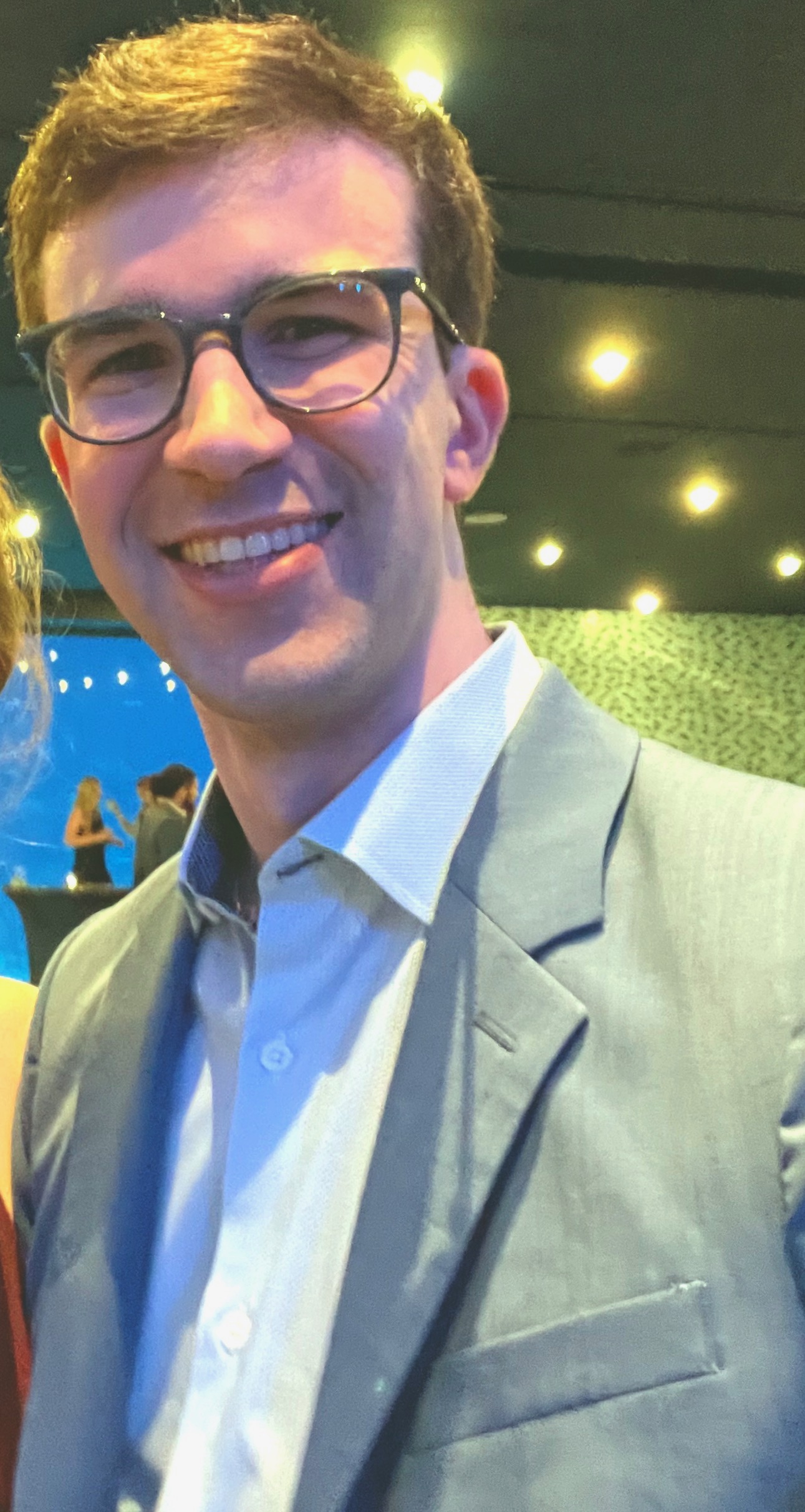In 2018, I completed a Bachelor of Science in Mathematics with a minor in Chemistry from Haverford College. In 2020, I earned a Master of Science degree in Information Systems with a concentration in Health Technology from Cornell Tech and Technion-The Israel Institute of Technology in 2020. I'm currently a Ph.D. student in Computational Mathematics at Emory University, in the Scientific Computing Group.
I am interested in the numerical modeling of the cardiovascular system to solve blood flow problems, and numerical PDES for biology and chemistry in general. Right now, I am using physics informed neural networks to approximate solutions to PDEs. In my free time, I like to swim, run, and play the piano. I also have a blog where I write about two of my passions, math and baking.



